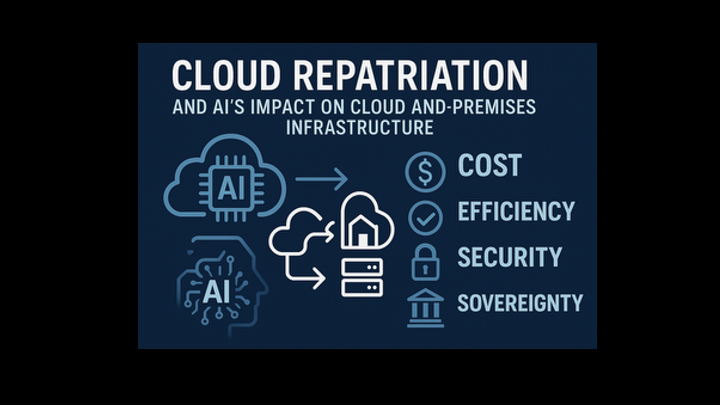
Introduction
As 2G and 3G networks are gradually retired, Mobile Network Operators (MNOs) are under pressure to balance cost efficiency with enhanced customer engagement. Decentralized Physical Infrastructure Networks (DePIN) emerge as an innovative solution, providing scalable, decentralized infrastructure that could revolutionize MNOs’ DWH and CRM use cases.
By leveraging blockchain technology, DePIN achieves impressive performance metrics, such as processing speeds of up to 65,000 transactions per second (TPS) on platforms like Solana and latency as low as 400 milliseconds. These capabilities empower near real-time data handling, making it a compelling choice for DWH and CRM applications. This decentralized model not only supports real-time analytics and personalized customer experiences but also eliminates the need for expensive centralized infrastructure, offering a cost-effective and future-ready alternative for MNOs
Opportunities for MNOs in a DePIN Framework
- Collaboration with DePIN Solution Providers
- Scalable High-Performance Infrastructure: MNOs can outsource compute and storage operations to DePIN networks, gaining access to high-transaction processing systems capable of efficiently managing large volumes of customer and operational data.
- Revenue Sharing Models: By collaborating with DePIN providers, MNOs can leverage shared analytics platforms to not only streamline operations but also unlock additional revenue streams, enhancing profitability.
- Subscriber Engagement and Incentivization
- Subscriber-Driven Networks: MNO subscribers can contribute their idle compute resources to DePIN, playing an active role in data processing and storage. With DePIN offering transaction speeds comparable to centralized cloud systems, subscriber-hosted nodes become a valuable asset for CRM and DWH operations.
- Token Rewards for Subscribers: Contributors are rewarded through:
- Free service credits, such as additional call minutes or data.
- Tokens issued by DePIN providers, which carry monetary value and foster deeper ecosystem participation.
- Strategic Advantages for New MNOs
- Minimized CapEx and OpEx: DePIN’s decentralized design dramatically reduces the need for costly physical infrastructure. Its high-performance blockchains ensure that even extensive operational demands are met with efficiency.
- Faster Time-to-Market: New MNOs can leverage DePIN's ready-to-deploy infrastructure to rapidly establish robust DWH and CRM systems, accelerating entry into competitive markets.
How DePIN Enhances MNO DWH and CRM Platforms
- Decentralized Data Warehousing
- High Throughput for Analytics: DePIN platforms like Solana, capable of up to 65,000 TPS, can manage data ingestion, processing, and querying at speeds competitive with centralized platforms. This allows MNOs to handle large-scale analytics workloads without delays.
- Distributed Data Management: Data is encrypted, fragmented, and stored across decentralized nodes, ensuring redundancy and security.
- Optimized Customer Relationship Management
- Real-Time Customer Engagement: DePIN's low-latency networks (e.g., Solana's 400-800 milliseconds) enable real-time personalization, such as delivering targeted offers and promotions based on customer behavior.
- Enhanced Subscriber Analytics: MNOs can process behavioral data and churn predictions using decentralized compute power provided by DePIN nodes.
- AI-Powered Insights
- Advanced Analytics at Scale: DePIN supports AI-driven CRM applications, leveraging its high TPS and low latency for tasks like customer segmentation, churn analysis, and personalized marketing.
Technical Advantages of DePIN for MNO Applications
DePIN’s transaction capabilities directly support the data-intensive nature of MNO DWH and CRM platforms:
- High-Volume Data Transactions: Networks like Solana and Filecoin achieve 3,000-65,000 TPS, enabling smooth data ingestion and querying.
- Low-Latency Data Processing: DePIN systems achieve sub-second latencies, ideal for real-time applications like CRM customer insights and event-triggered promotions.
- Scalability and Redundancy: DePIN's distributed architecture ensures consistent performance, even as MNO subscriber bases grow.
Integrating DePIN into DWH and CRM etc. enables MNOs to achieve scalability and cost-effectiveness. With high transaction processing speeds and low latency, DePIN supports real-time analytics and active subscriber engagement, fostering a dynamic and decentralized ecosystem.
This model is especially beneficial for emerging MNOs looking to reduce capital and operational expenses, providing a strong alternative to traditional infrastructure. The DePIN framework offers a groundbreaking way to rethink and optimize MNO operations, paving the way for a more efficient and adaptive future.
By Muhammad Rashid Anwar
Keywords: Blockchain, Innovation, Telecom

 Motivation Or Inspiration?
Motivation Or Inspiration? One third of your growth initiatives may be ticking time bombs.
One third of your growth initiatives may be ticking time bombs. Captain on the Bridge, Fingers off the Keyboard
Captain on the Bridge, Fingers off the Keyboard AI-Driven Cloud Repatriation: Why Cybersecurity and Data Sovereignty Are Steering Companies Back to On-Premises Infrastructure
AI-Driven Cloud Repatriation: Why Cybersecurity and Data Sovereignty Are Steering Companies Back to On-Premises Infrastructure Is Your Construction Business AI-Ready? Here’s What You Need to Compete in 2025
Is Your Construction Business AI-Ready? Here’s What You Need to Compete in 2025